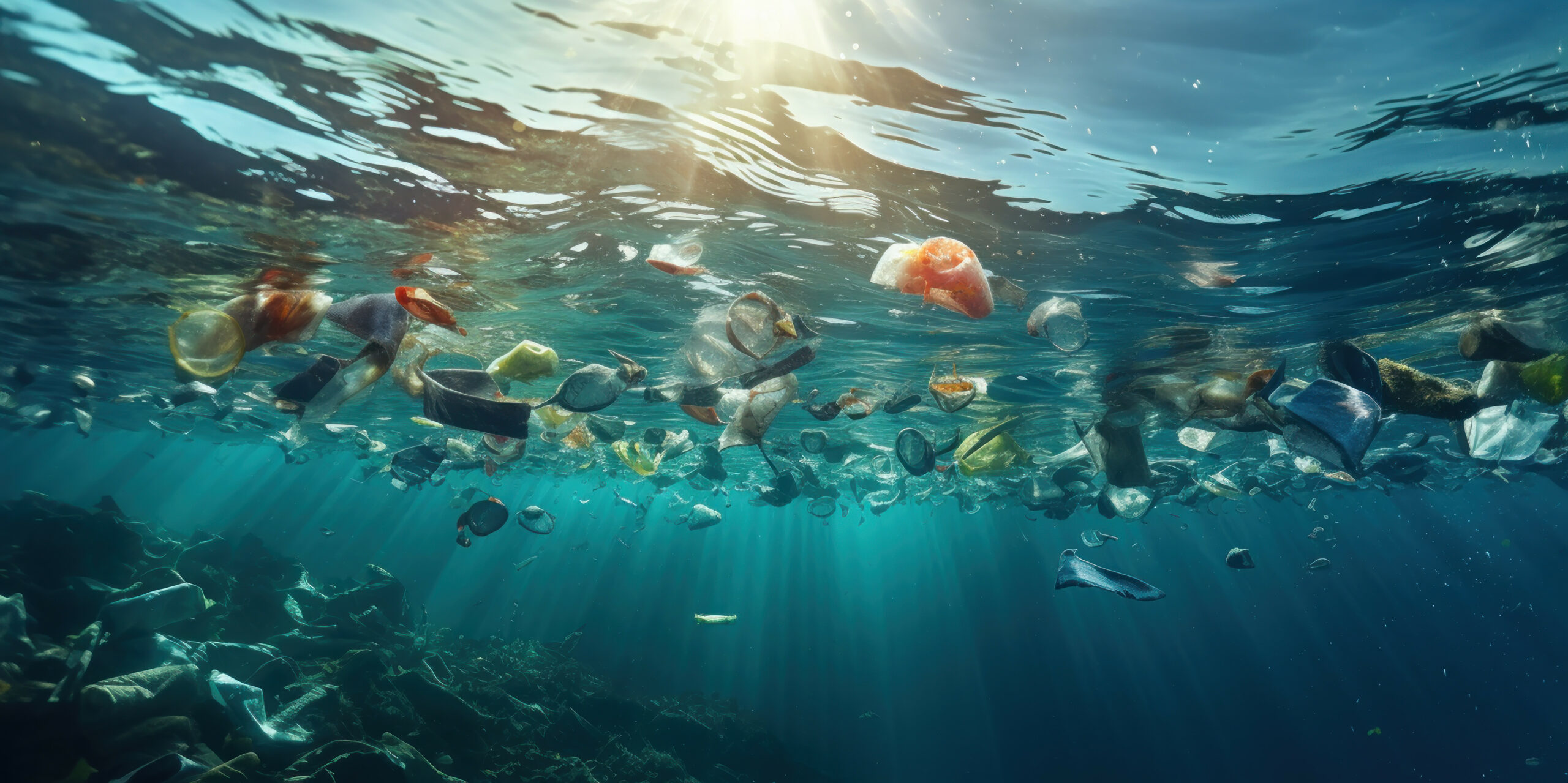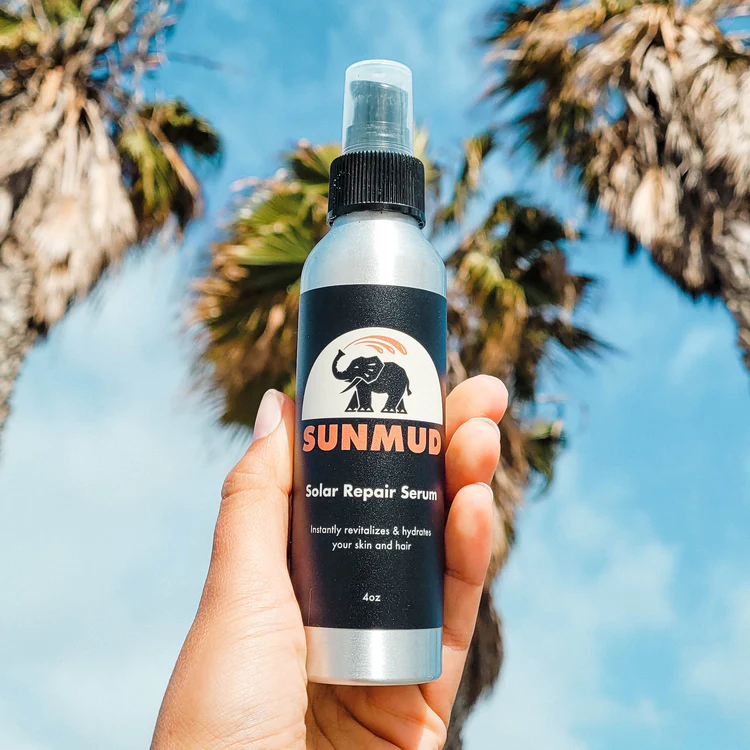By Jonathan Lavan, Nature Photographer and Ocean Connectors Advisory Board Member
Photography is truly unique among art forms. It is the only medium where you can freeze time, immortalizing a moment forever. Whether it’s a significant occurrence in history or a flower shimmering in the sunshine, all of these chosen moments show what is important to us and allow us to share our passions with the world. As environmentalists and conservationists, photography is a great way to show people why nature is so important, and why the many creatures of our planet need to be protected. That is why I’m thrilled to partner up with Ocean Connectors to offer a free photography workshop this summer (see below for information).
 As a citizen scientist and wildlife expert, I love bringing the joy of image capture to one and all. I have worked with, or my images have been featured by, National Geographic, Smithsonian, Encyclopedia of Life, Florida Museum of Natural History, The California Academy of Sciences, Nature’s Best Photography, Monterey Bay Aquarium, REEF, and Shedd Aquarium in Chicago. I am committed to making a difference on this planet through using photography to spread a message of good will to all creatures.
As a citizen scientist and wildlife expert, I love bringing the joy of image capture to one and all. I have worked with, or my images have been featured by, National Geographic, Smithsonian, Encyclopedia of Life, Florida Museum of Natural History, The California Academy of Sciences, Nature’s Best Photography, Monterey Bay Aquarium, REEF, and Shedd Aquarium in Chicago. I am committed to making a difference on this planet through using photography to spread a message of good will to all creatures.
Over the years, I have learned many photography tips and principles that help to create a great photo. The key to good nature photography is patience and practice. Being slow and quiet is extremely important; even your footsteps need to be silent. Animals react to sound and movement, so using stealth to blend into the surroundings is essential. Since the advent of digital photography, the technical side has gotten much more advanced. However there are a couple technical features you should avoid using, or use sparingly. I recommend always looking through the view finder, not just at the camera screen, to get a clean view for framing your shot. Look completely around all four “walls” of the frame to determine how the shot will look best. Don’t get preoccupied with checking each image after you take it; try to establish a rhythm, to get into a groove. There will always be time later to check out what you’ve got. Take as many shots as possible of the same subject. The more shots you take, the more likely it will be that you capture an image that you really like, that needs only a minimal amount of editing. Like anything, learning the skills of nature photography takes time, and practice makes perfect.
 Of course, remember to share your images! Many people are unaware of how many incredible creatures exist in nature, and unfortunately, some people ultimately misunderstand and fear nature. It is vitally important that people learn that the natural world and all of the creatures in it are irrevocably interconnected. If nature is destroyed as a result of human actions, we are ultimately destroying our own home. Photography has the ability to show people why all earth’s creatures and habitats deserve protection and respect. I look forward to sharing more about my experiences as a nature photographer during the Ocean Connectors photography workshop, Picturing Conservation.
Of course, remember to share your images! Many people are unaware of how many incredible creatures exist in nature, and unfortunately, some people ultimately misunderstand and fear nature. It is vitally important that people learn that the natural world and all of the creatures in it are irrevocably interconnected. If nature is destroyed as a result of human actions, we are ultimately destroying our own home. Photography has the ability to show people why all earth’s creatures and habitats deserve protection and respect. I look forward to sharing more about my experiences as a nature photographer during the Ocean Connectors photography workshop, Picturing Conservation.
This free, all-ages workshop will be held Saturday, April 13th, 2019 from 10:00-12:00pm at the Sweetwater Marsh Unit of the San Diego Bay National Wildlife Refuge (1080 Gunpowder Point Dr. in Chula Vista). Free transportation is available from Central Elementary in National City at 9:00am.
Space is limited – please RSVP to info@oceanconnectors.org by April 10. If you’re interested in supporting our workshop through donating cameras or providing funding, please get in touch today.




